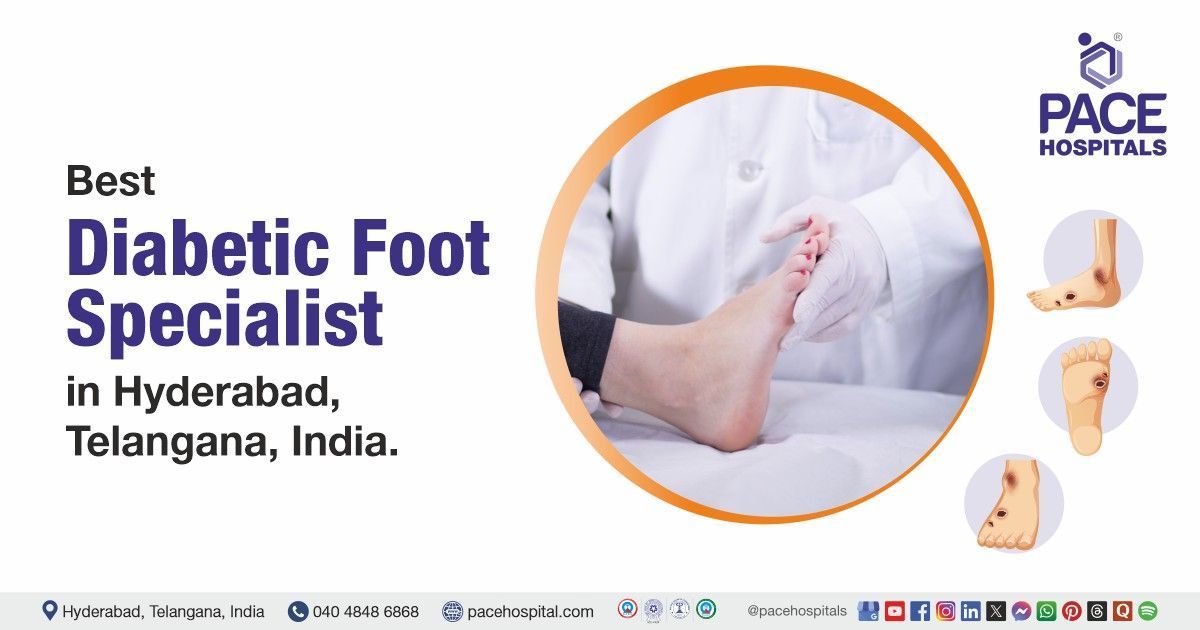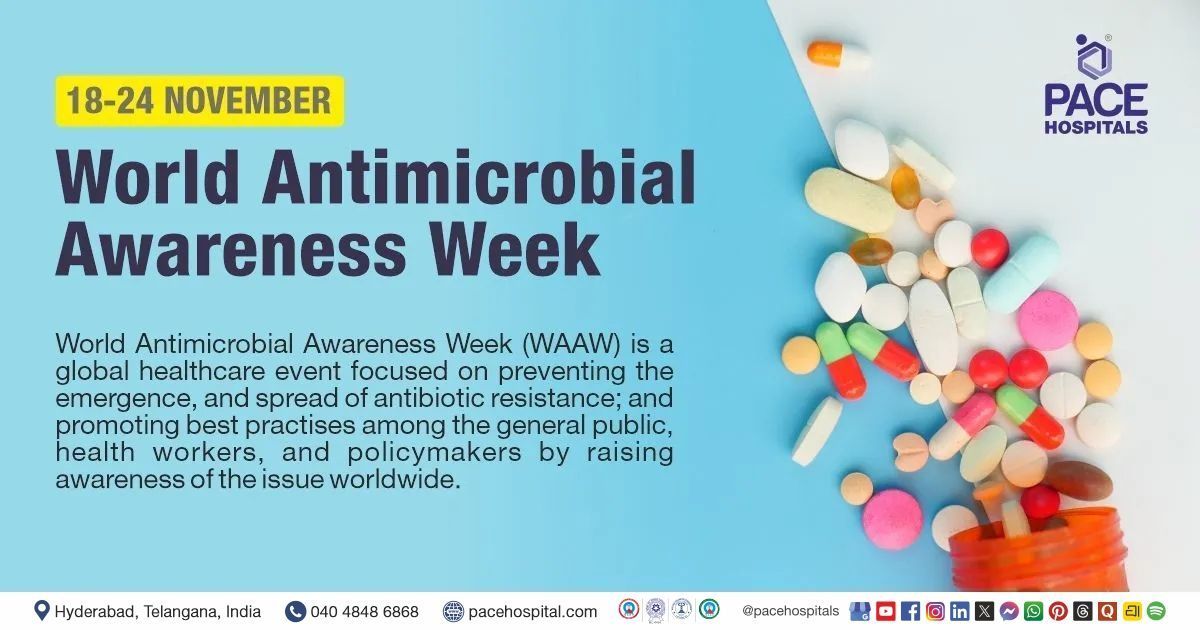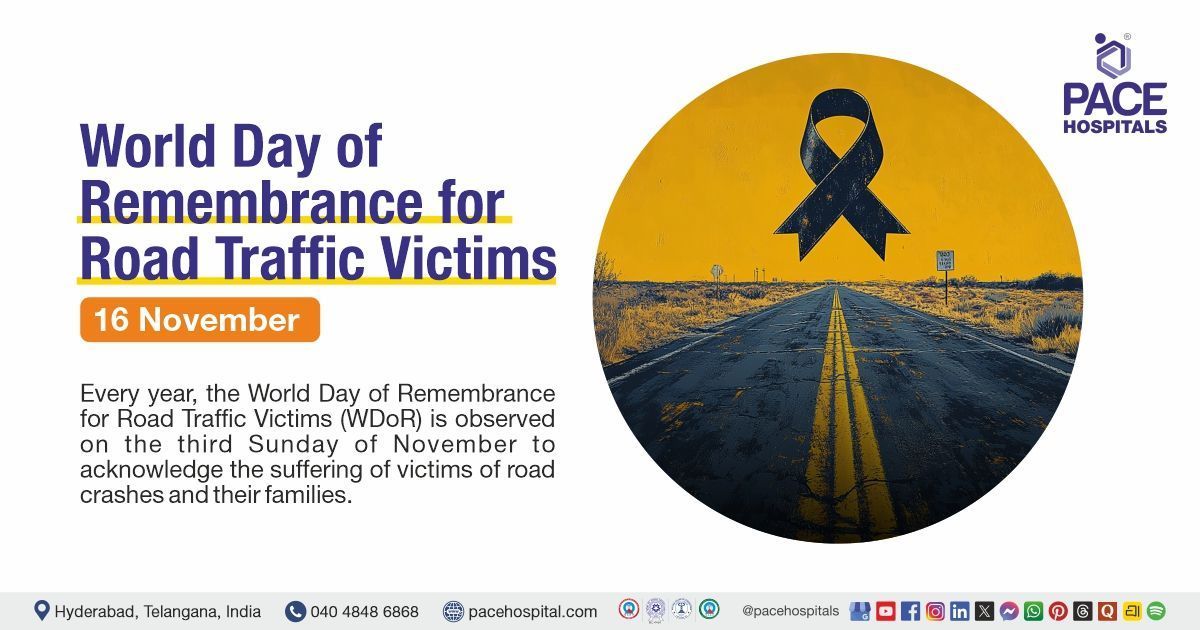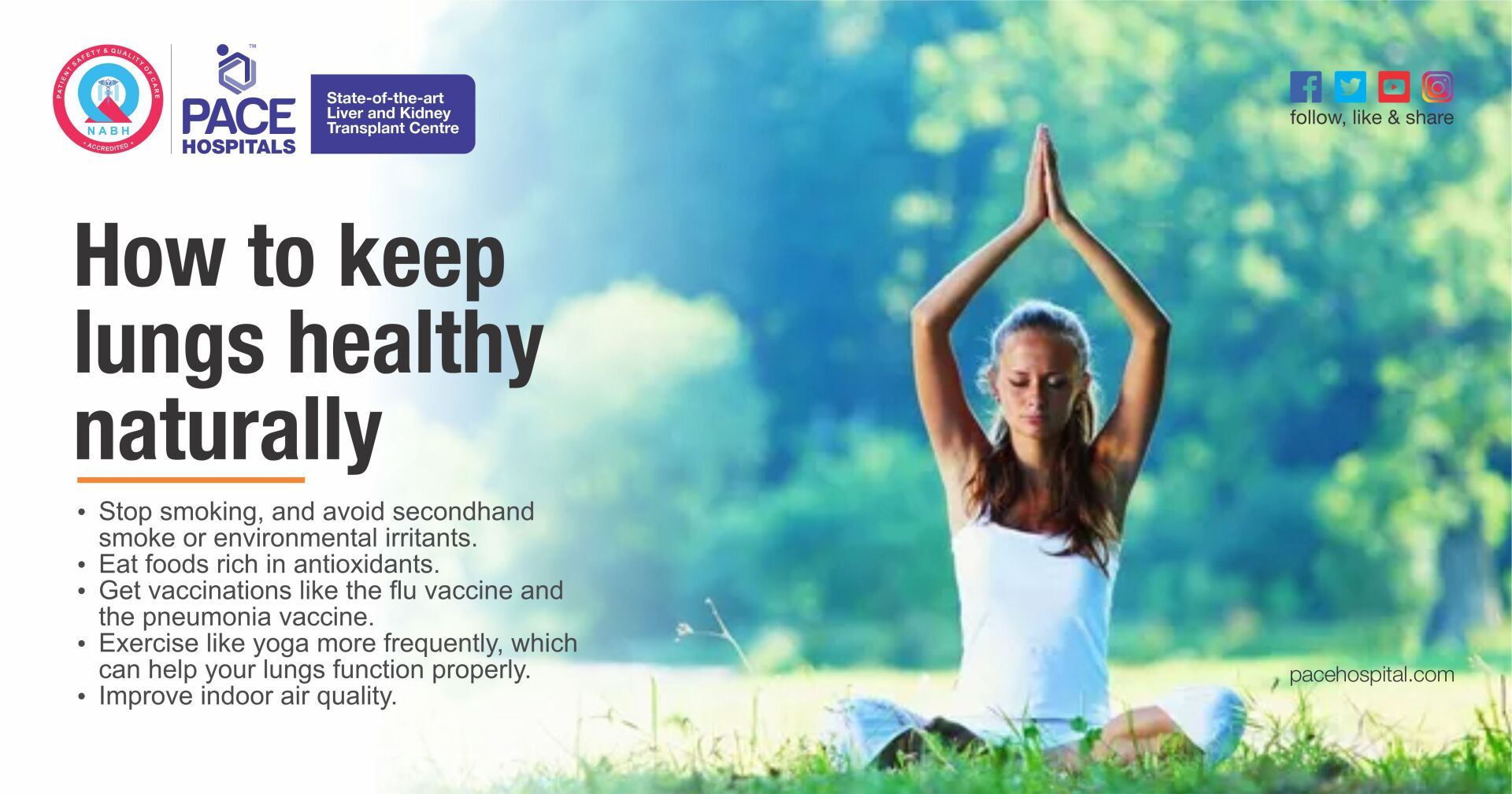Successful ERCP with Spyglass & PD Stenting for Chronic Calcific Pancreatitis in a 74-Year-Old Man
PACE Hospitals
PACE Hospitals’ expert Gastroenterology team successfully performed Endoscopic Retrograde Cholangiopancreatography (ERCP) with Spyglass cholangioscopy, pancreatic duct (PD) stenting, and excision biopsy in a 74-year-old male diagnosed with chronic calcific pancreatitis, significant ductal calculi and a left lumbar cystic swelling. These procedures aim to relieve abdominal pain, address complications from chronic pancreatitis, and provide tissue diagnosis. This comprehensive, minimally invasive approach supports a smooth recovery and improves the patient’s quality of life.
Chief Complaints
A 74-year-old male with a
body mass index (BMI) of 18 presented to the Gastroenterology Department at
PACE Hospitals, Hyderabad, with a two-year history of intermittent abdominal pain, steatorrhea (oily or fatty stools), and a significant weight loss of 15 kg. The pain had increased in frequency and severity, and the patient experienced progressive weight loss, significantly affecting his nutritional status and overall well-being.
Past Medical History
The patient had a history of hepaticojejunostomy for biliary drainage four years ago, and he has been a known case of chronic calcific pancreatitis for four years, and he was on regular pancreatic enzyme replacement therapy.
On Examination
Upon admission, the patient was conscious, oriented, and in fair general condition. Vital signs were stable. Abdominal examination revealed a left lumbar cystic (fluid-filled mass) swelling. There was no peripheral lymphadenopathy. The skin was dry, and there were signs suggestive of vitamin deficiency, such as easy bruising. Cardiovascular, respiratory, and neurological examinations were unremarkable.
Diagnosis
After admission to PACE Hospitals and initial assessment, a comprehensive diagnostic workup was performed, including complete blood count (CBC), liver function tests, coagulation profile, serum electrolytes, and renal function tests to evaluate the patient’s overall condition.
To further investigate the patient’s abdominal symptoms, a Magnetic Resonance Cholangiopancreatography (MRCP) was performed, which revealed the following findings:
Moderate atrophy of the pancreas in the body and tail, irregular dilatation of the main pancreatic duct (MPD) in the head region, and intraductal calculi in the MPD of the head, with the largest stone measuring 7 mm. Additionally, the native bile duct was dilated up to 13 mm with a few filling defects, likely representing calculi.
These imaging findings are consistent with chronic obstructive pancreatitis with intraductal pancreatic duct stones and secondary bile duct dilation, likely due to biliary calculi. The combination of pancreatic atrophy, irregular ductal dilatation, and ductal stones supports the diagnosis and highlights the need for specialized intervention.
Based on the confirmed diagnosis, the patient was advised to undergo
Chronic calcific pancreatitis Treatment in Hyderabad, India, under the specialized care of the gastroenterology department.
Medical Decision Making
After a thorough consultation with gastroenterologists Dr. Govind Verma, Dr. M Sudhir, Dr. Padma Priya, and cross consultation with plastic surgeon Dr. Kantamneni Lakshmi a comprehensive evaluation was carried out to determine the most appropriate diagnostic and therapeutic approach for the patient. Based on their expert assessment, it was concluded that Endoscopic Retrograde Cholangiopancreatography (ERCP) with Spyglass cholangioscopy, pancreatic duct (PD) stenting, and excision biopsy of a left lumbar cystic swelling would be the most effective procedure to address the patient's condition.
The patient’s family was thoroughly counselled regarding the severity of the condition, the surgical procedure, potential risks, and the necessity of a dual approach to restore function and promote optimal recovery.
Surgical Procedure
Following the decision, the patient was scheduled to undergo Endoscopic Retrograde Cholangiopancreatography (ERCP) with Spyglass cholangioscopy, pancreatic duct (PD) stenting, and excision biopsy of a lumbar cystic swelling in Hyderabad at PACE Hospitals, under the expert supervision of the gastroenterology department.
Before the surgery, informed consent was obtained after a thorough explanation of the procedure and associated risks, ensuring the patient and his family understood the surgical process. The procedure was performed in the following steps:
1. Surgical Assessment and Excision Biopsy
In view of the patient’s left lumbar swelling, a plastic surgeon had been consulted for further evaluation. Following a thorough examination, it was determined that the swelling required surgical intervention. An excision biopsy was performed under appropriate anesthesia, and the excised tissue was sent for histopathological analysis to establish a definitive diagnosis and inform subsequent management.
2. Endoscopic Management
After addressing the lumbar swelling, the patient underwent a series of endoscopic procedures to manage the pancreatic and biliary ductal disease:
- Endoscopic Retrograde Cholangiopancreatography (ERCP): The patient had been prepared for the procedure and sedated appropriately. A flexible endoscope was advanced into the duodenum, and the biliary and pancreatic ducts were cannulated under fluoroscopic guidance. Contrast dye was injected to visualize the ductal anatomy, revealing ductal stones and strictures.
- Spyglass Cholangioscopy: The Spyglass cholangioscopy system was introduced through the ERCP scope, allowing direct visualization of the ductal system. This enabled the team to assess the extent of ductal disease and precisely locate the intraductal calculi.
- Pancreatic Duct (PD) Stenting: After identifying the obstructions, a stent was placed in the pancreatic duct to relieve the obstruction (blockage) and facilitate drainage. This intervention helped to alleviate the patient’s symptoms and reduce the risk of further complications.
Postoperative Care
The postoperative period was uneventful. The patient was monitored in the ICU and remained hemodynamically stable throughout. He received intravenous antibiotics, analgesics, proton pump inhibitors, probiotics and other supportive management. Symptomatic improvement was noted with no complications. The patient was discharged in stable condition with post-discharge care instructions and follow-up advice.
Discharge Medications
Upon discharge, the patient was prescribed oral antibiotics, a proton pump inhibitor, analgesics, and a multivitamin supplement. Pancreatic enzyme replacement supplements that aids digestion in patients with pancreatic insufficiency, is an antioxidant supplement prescribed to reduce oxidative stress and support cellular health in additionally a topical antibiotic for the local treatment and prevention of skin infections.
Emergency Care
The patient was informed to contact the emergency ward at PACE Hospitals in case of any emergency or development of symptoms like fever, abdominal pain, or vomiting.
Review and Follow-up Notes
The patient was advised to return for a follow-up visit with the Gastroenterologist in Hyderabad at PACE Hospitals after six weeks for stent removal. He was also advised to return after 3 days with the excision biopsy report for further management.
Conclusion
This case highlights the effective, multidisciplinary surgical and endoscopic management of chronic calcific pancreatitis with ductal calculi and associated left lumbar cystic swelling. The collaborative approach ensured comprehensive care, supported a smooth recovery, and enhanced the patient’s overall quality of life.
From Shadows to Clarity: MRCP as the New Standard in Ductal Imaging
Magnetic Resonance Cholangiopancreatography (MRCP) is a non-invasive imaging technique that provides detailed visualization of the pancreatic and biliary ducts. It is particularly valuable for gastroenterologists in managing chronic pancreatitis by assessing ductal anatomy, identifying strictures, dilatations, and the presence of intraductal stones or calculi. MRCP assists the gastroenterologist/gastroenterology doctor in mapping the extent of disease and planning further management, especially when endoscopic or surgical intervention is being considered.
Unlike ERCP, MRCP does not require ionizing radiation or contrast dye, making it a safer option for patients, including children and those with higher procedural risks. Gastroenterologists also rely on MRCP to detect congenital abnormalities, post-surgical complications, and to evaluate patients unsuitable for invasive procedures. Furthermore, secretin-enhanced MRCP enhances visualization of the pancreatic duct and helps gastroenterologists assess pancreatic exocrine function, enabling a comprehensive and tailored approach to patient care.
Share on
Request an appointment
Fill in the appointment form or call us instantly to book a confirmed appointment with our super specialist at 04048486868











